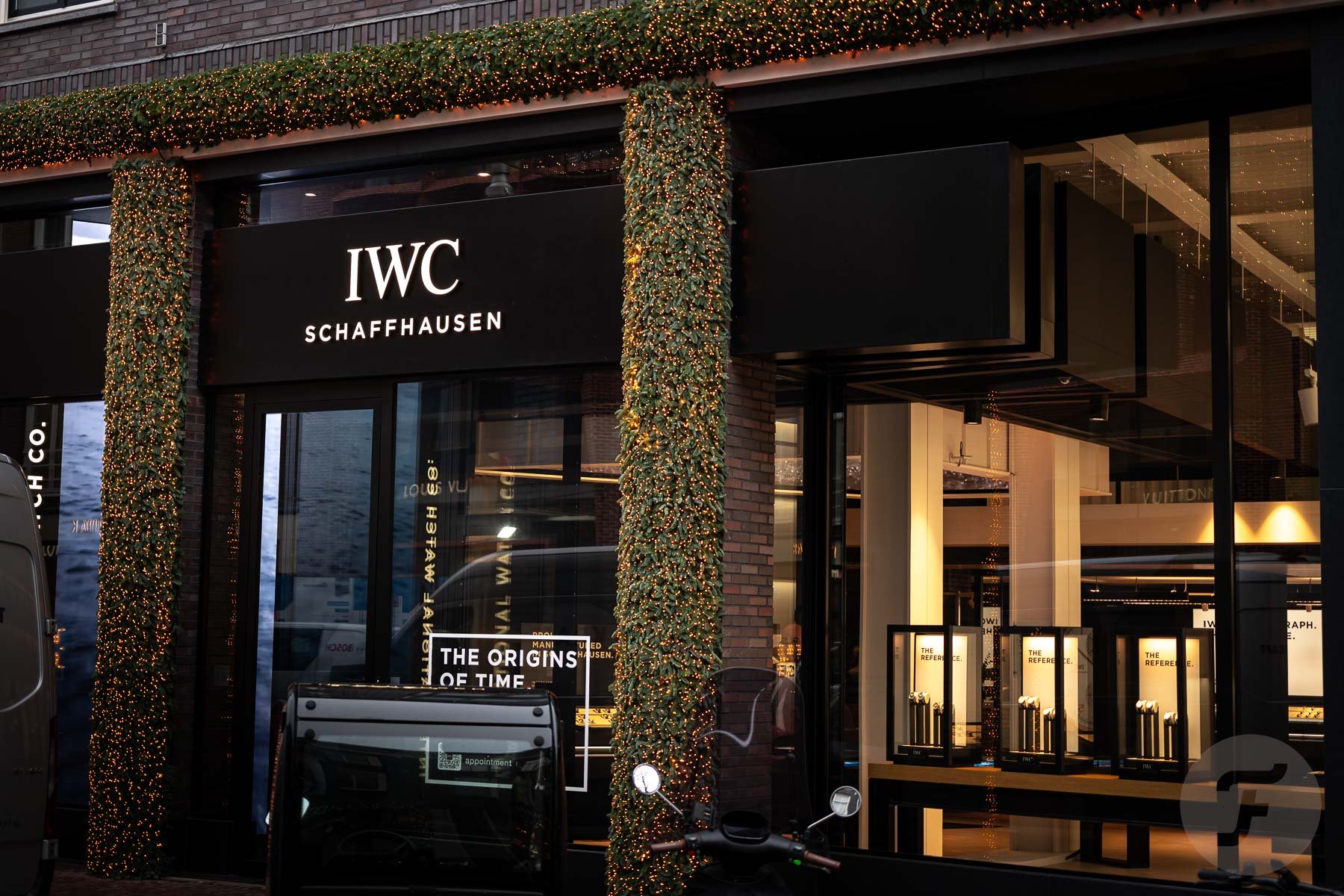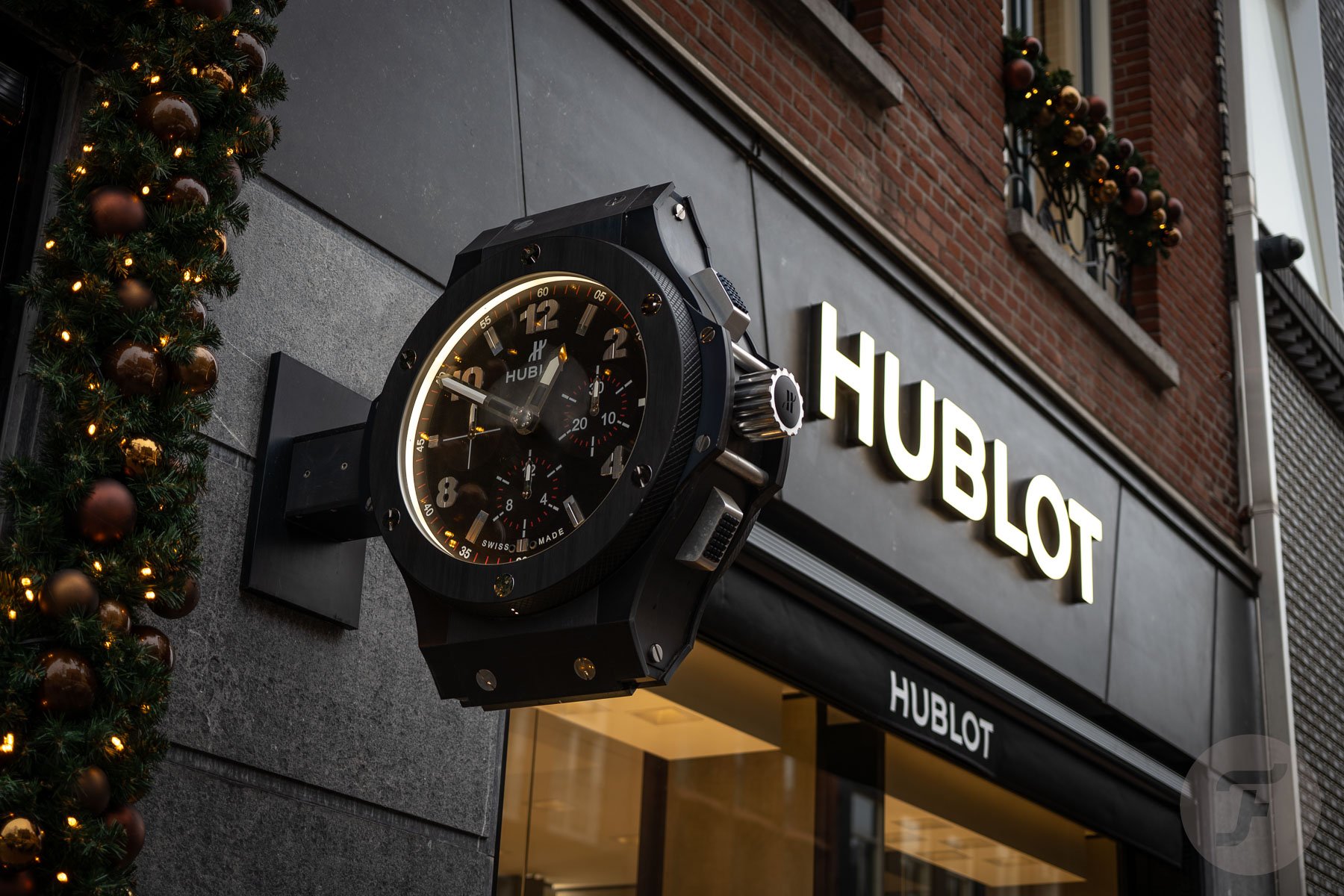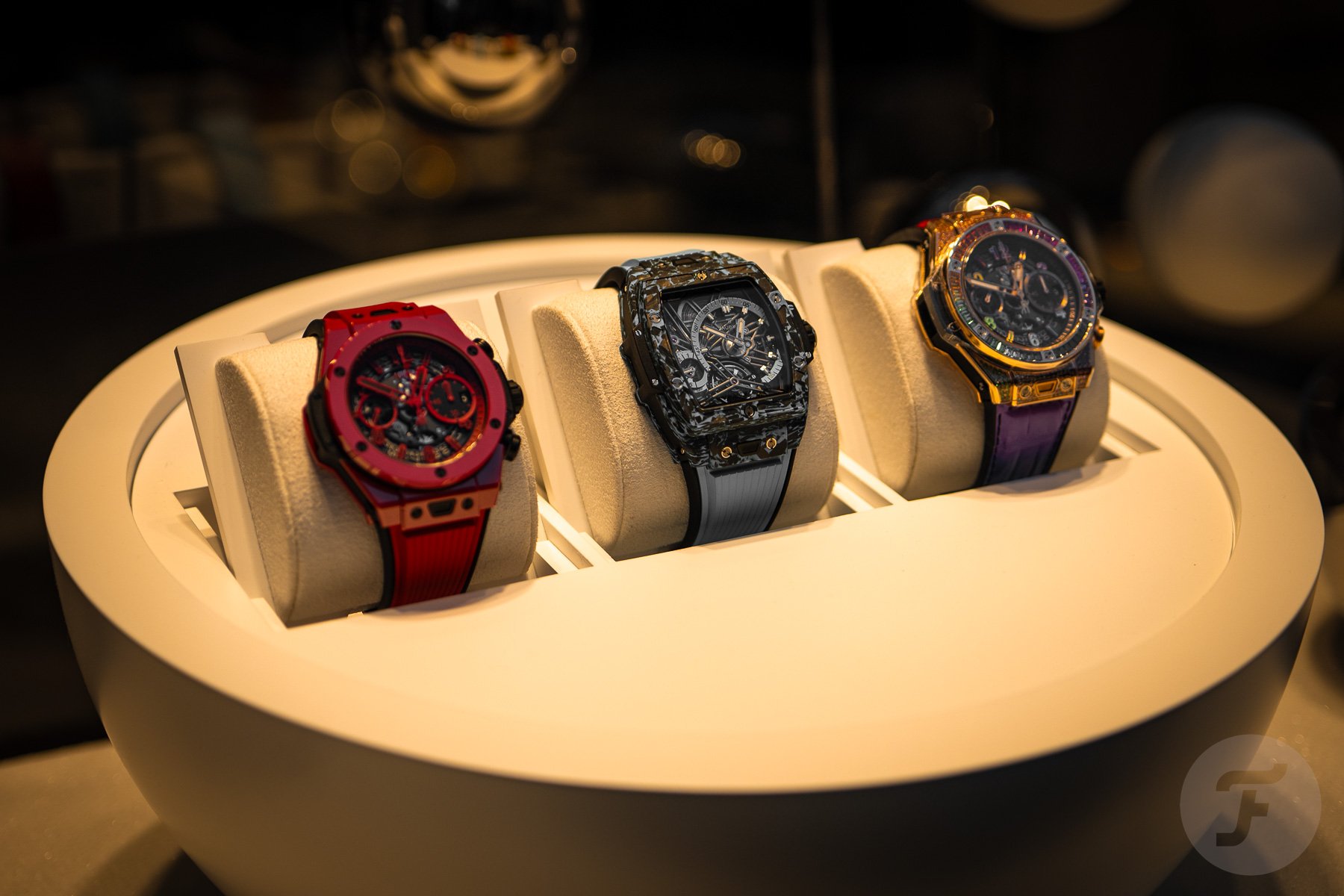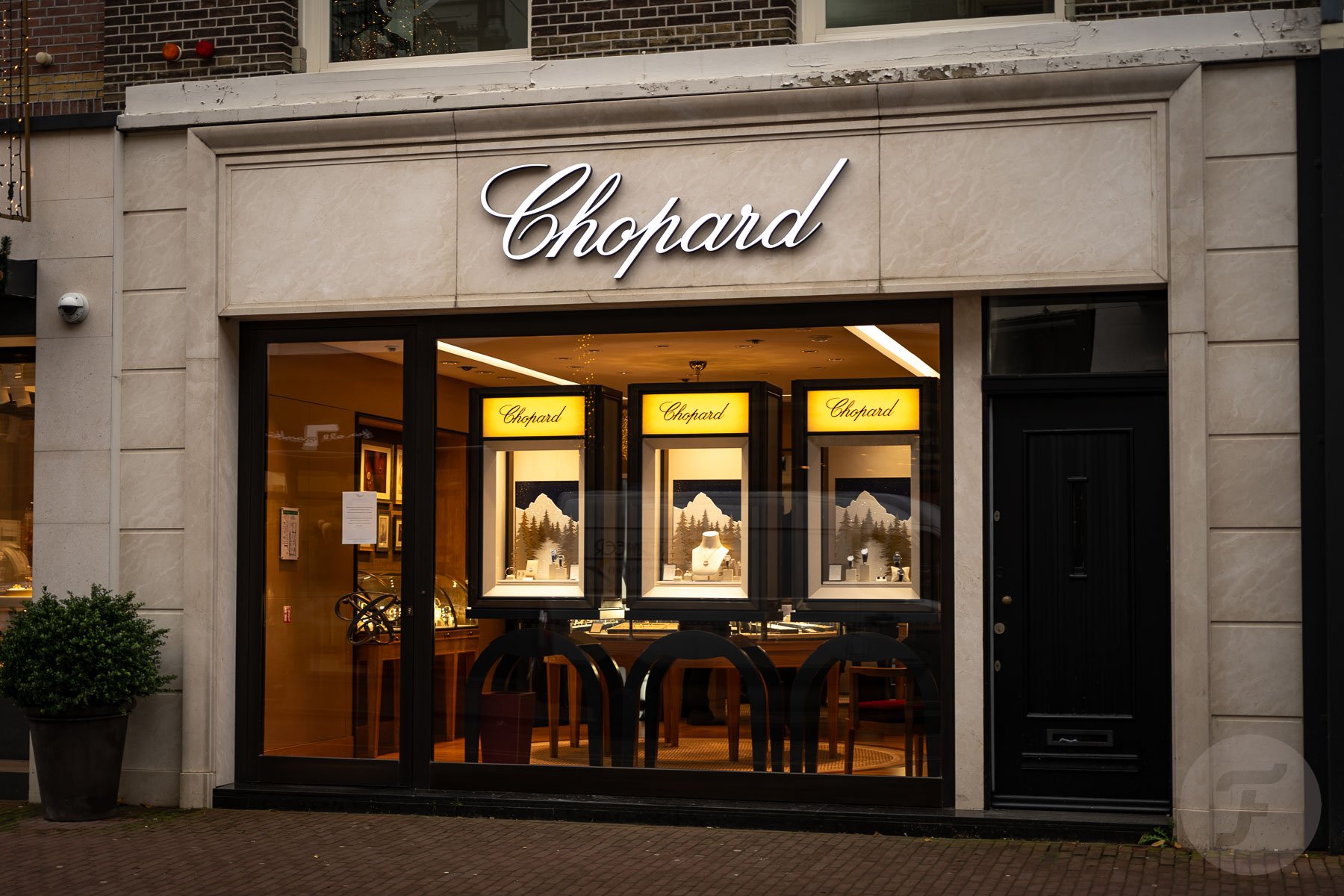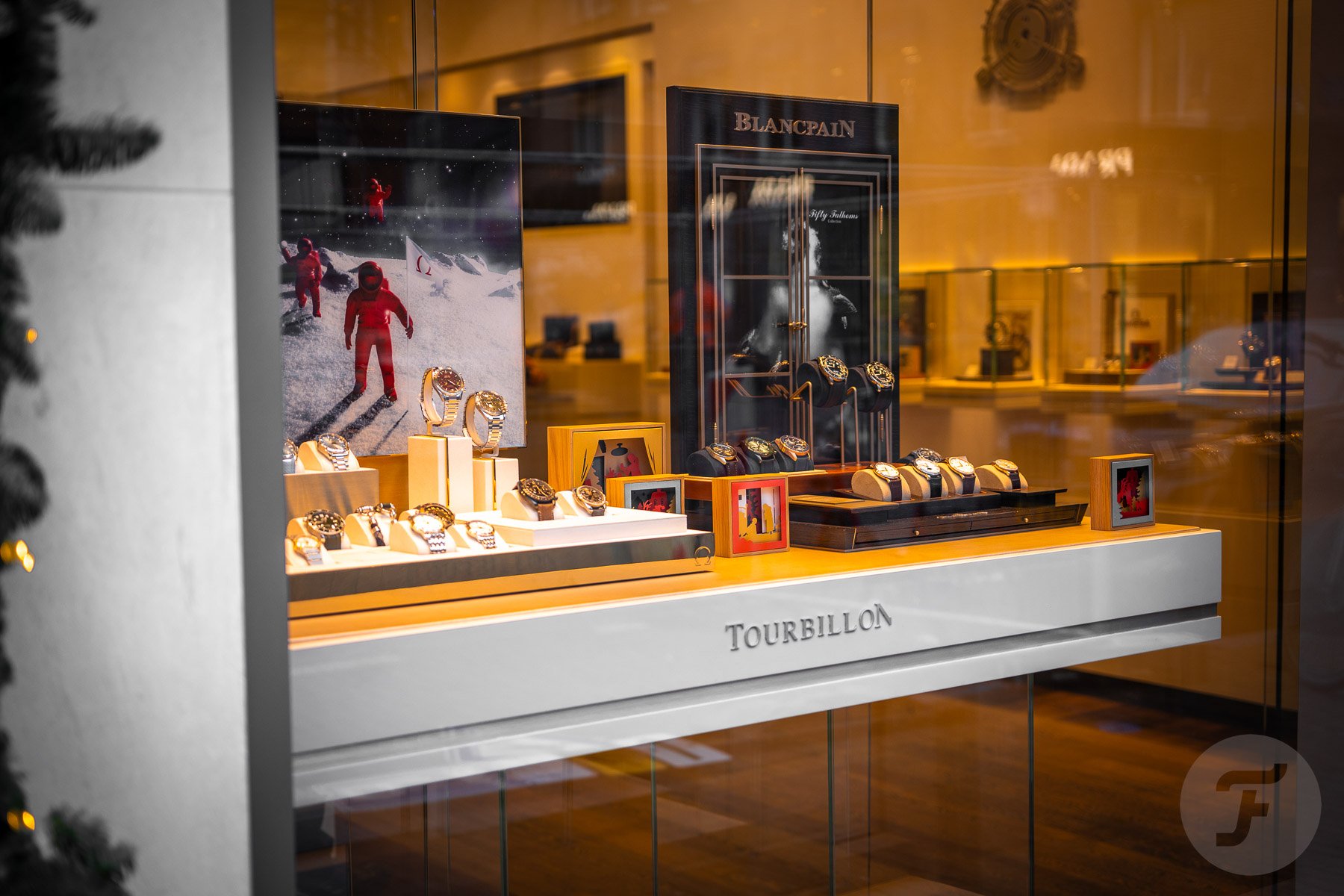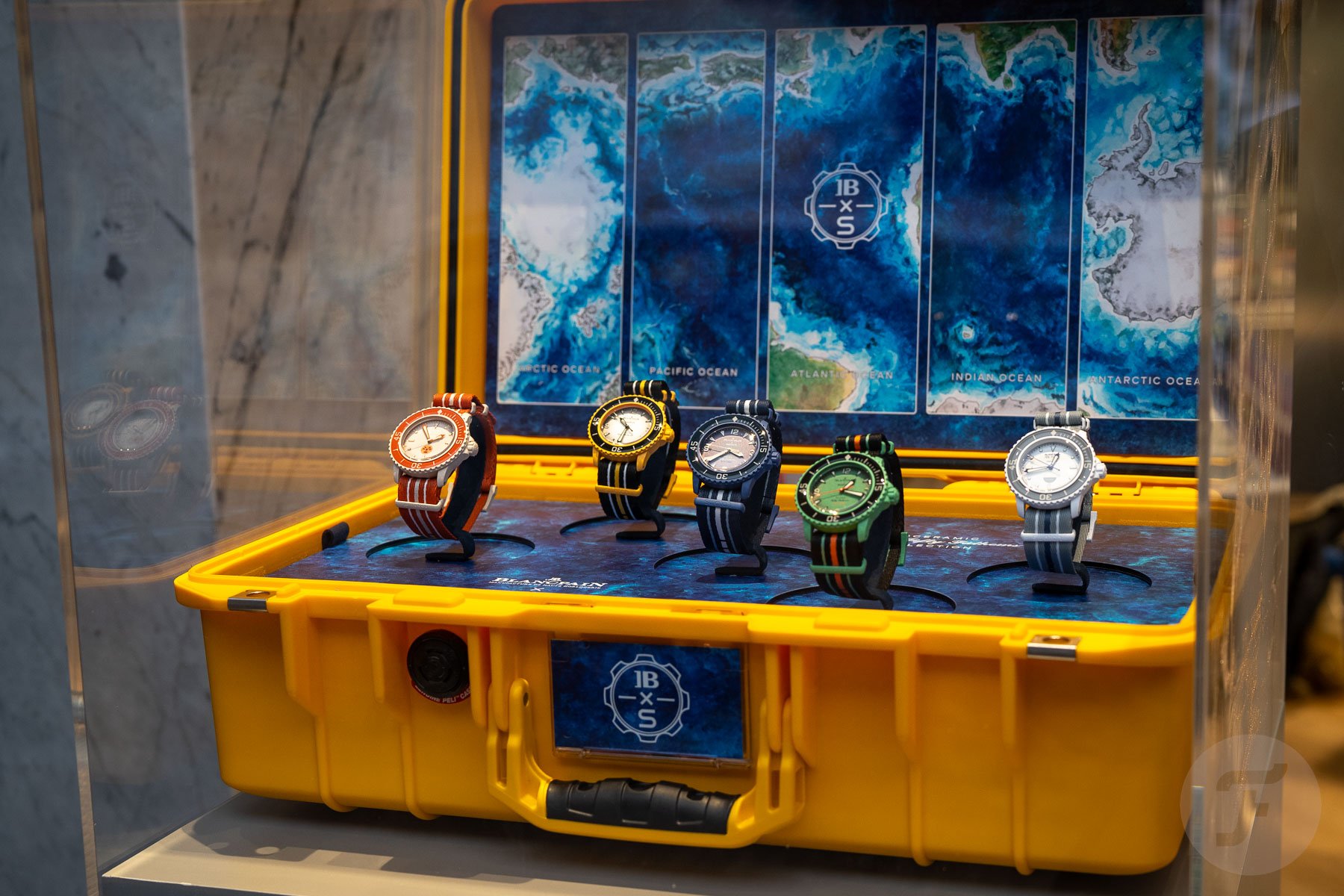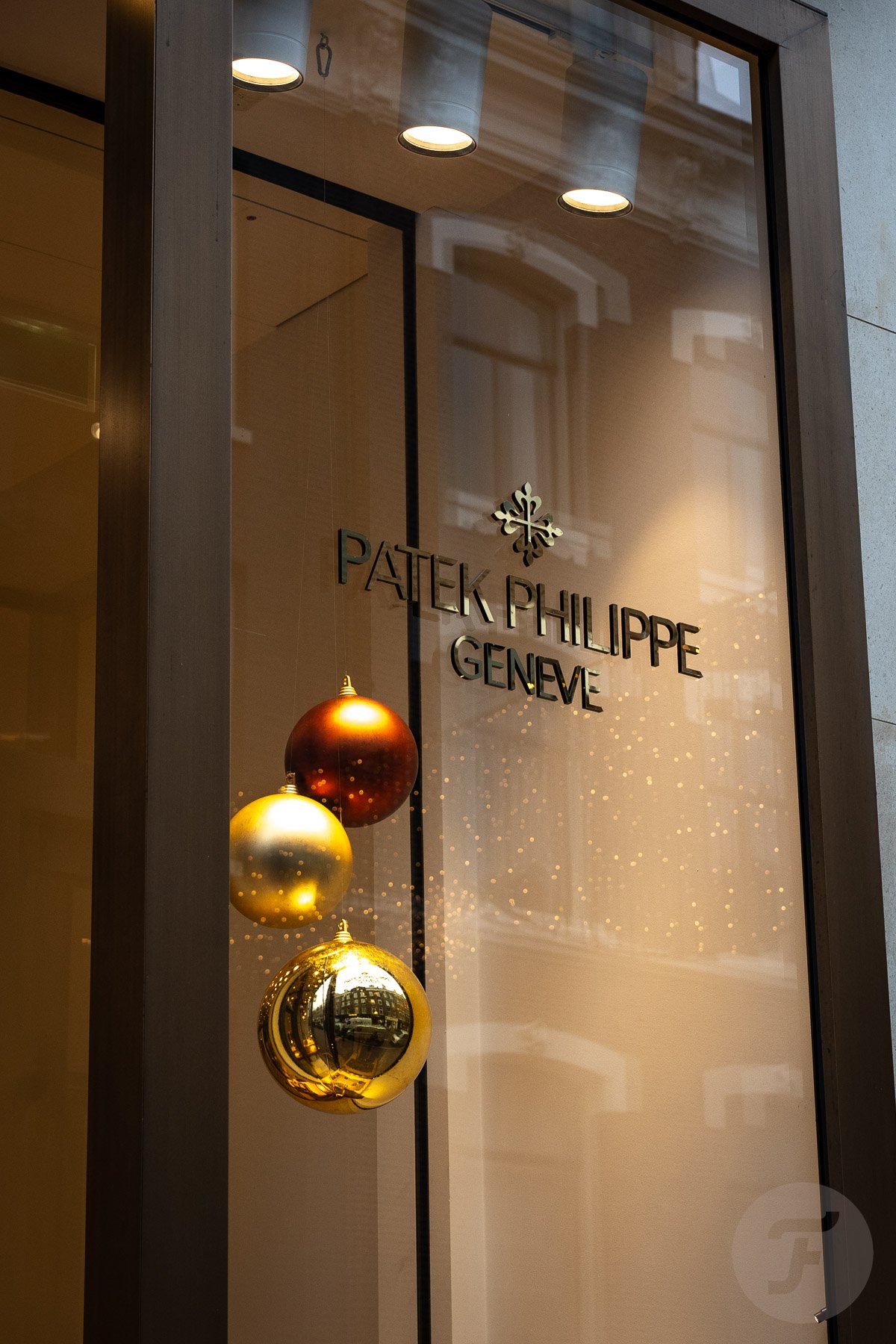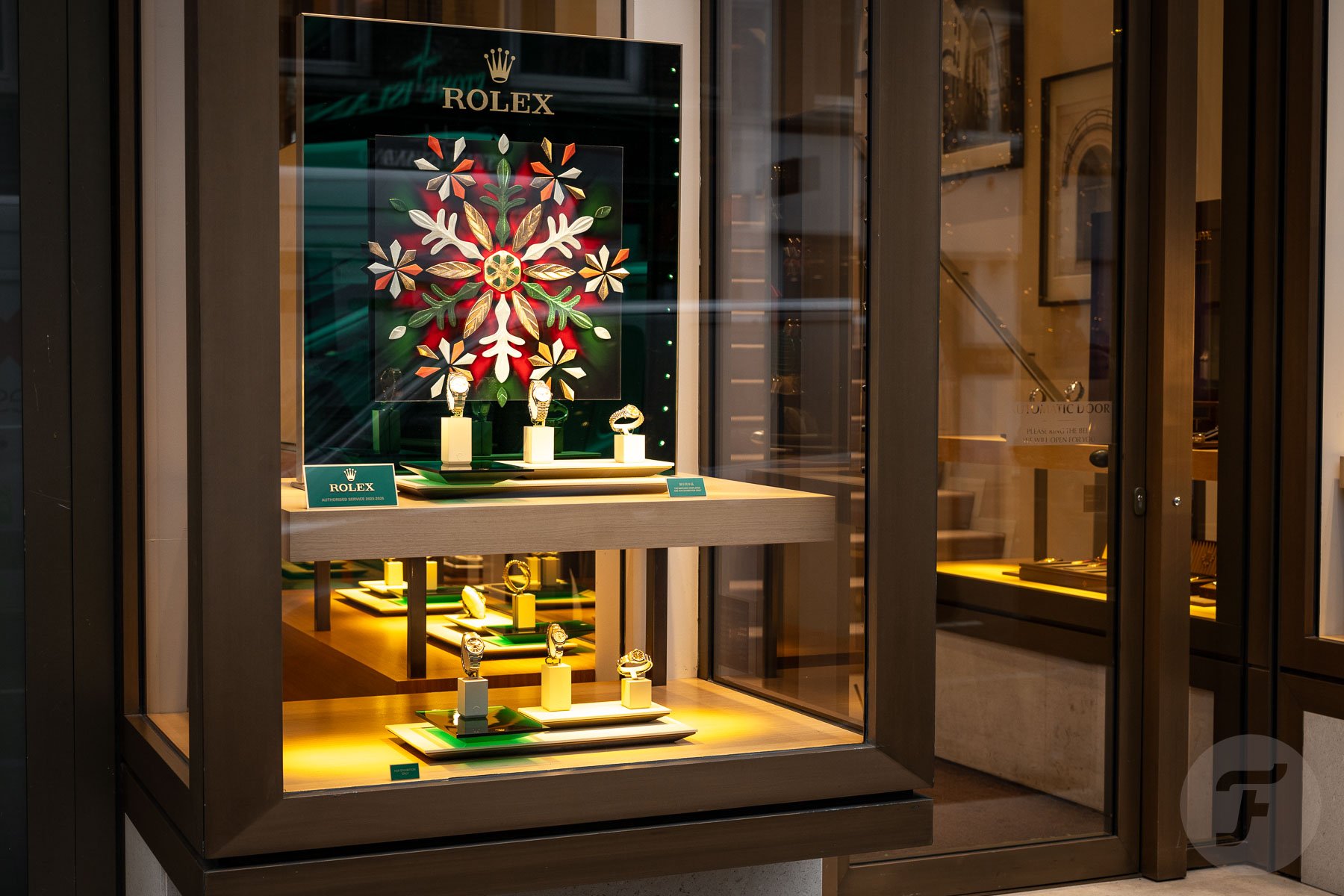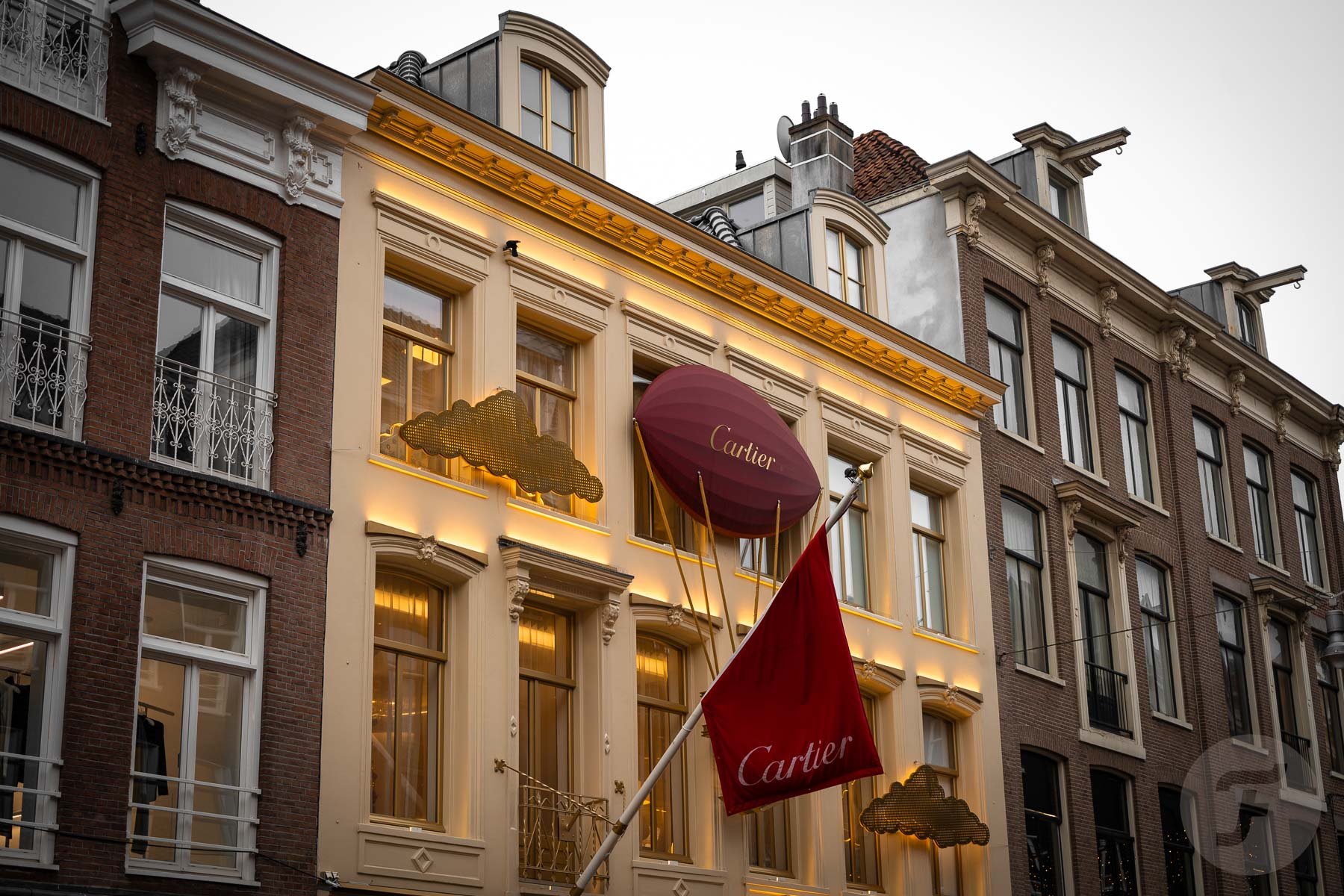Amsterdam’s P.C. Hooftstraat Has Become The Dutch Watch Mecca…Or Has It? —The Rise Of Mono-Brand Watch Boutiques
It’s not just watches themselves that can be polarizing. Watch stores can be as well. I recently went to the opening event of the new (and world’s biggest) IWC boutique on Amsterdam’s P.C. Hooftstraat, and before arriving there, I counted numerous mono-brand stores with the logos of competitors. There are also a couple of multi-brand stores around, but the current trend in watch retail is most definitely mono, not multi. As a watch enthusiast/collector, what is your take on the continuous rise of mono-brand boutiques all clotted together on one shopping street? Is it your idea of watch heaven or watch hell?
Allow me to paint you an image of the current situation on Amsterdam’s most luxurious shopping street, the P.C. Hooftstraat. This 300m fashionable shopping street in the Oud-Zuid district of Amsterdam is where all the famous museums are located. Moreover, it is among the top 10 fanciest shopping streets in the world. On this relatively short stretch of pavement, you will find boutiques from the usual luxury fashion suspects, such as Louis Vuitton, Gucci, and Chanel. But you’ll also find a plethora of mono-brand watch stores. The most recent newcomers are IWC, Panerai, Swatch, and TAG Heuer. Currently, there’s also a Tudor pop-up shop.
Hublot, Chopard, Montblanc, Breitling, Swatch, Bvlgari, and Cartier have been around longer. Rolex and Patek Philippe now share a retail space, but that will change soon as both brands will open a brand-only boutique. Both Vacheron Constantin and Omega will also open boutiques. And if all those aren’t enough, Hermès and Chanel also sell watches in their boutiques, and there’s even an ultra-luxurious AP House on a side street. In other words, luxury watches are everywhere.
The rise of mono-brand watch boutiques — not all brand stores are created equal
Let me clear something up: not all mono-brand boutiques operate the same way. The new Breitling boutique in the center of The Hague, for instance, is run by the brand itself. But the brand-new, high-tech IWC boutique in Amsterdam — the biggest of its kind in the world — is run by Dutch retail chain Schaap en Citroen. That company also operates the Hublot, TAG Heuer, and Panerai brand boutiques, among others, while also running a multi-brand store on the same street and a pre-owned shop just around the corner in a luxury hotel. For the consumer, though, there are just mono- and multi-brand stores, and these two types of retail concepts offer completely different experiences.
Thank you for your time, money, and trouble; goodbye
Brand boutiques are by no means a new phenomenon, but they seem to be appearing at an increasingly rapid pace. Owners of traditional watch stores are not too happy about that because brands that open a boutique in a certain location will almost certainly pull their watches from the nearby dealer(s). Long-term relationships that once seemed deep and meaningful can end in an instant. I don’t want to sound overly dramatic, but your local multi-brand watch shop’s ambitious owner and passionate staff have worked hard to be able to understand and represent watch brands to the best of their abilities. While doing so, they have also developed a connection with the store’s clientele.
But all is fair in love and business (or something like that). So traditional watch dealers have no other option but to rise to the challenge by finding other brands that don’t have standalone stores (yet).
There’s a reason why brands open boutiques of their own, and it isn’t all that difficult to understand. Brands like to keep everything under control, from the products and presentation to the prices. Brand X creates a certain product with a certain image and wants to present it in a controlled space with specialized staff and at a premium price — no discounts at brand boutiques!
Everything from one brand or a little from many?
For individual retailers, running a mono-brand store is a possibility, but it’s risky to bet everything on just one horse. A company that operates a chain of retail stores nationwide, however, has more financial power, is more important to brands, and can more easily opt to run a mono-brand boutique. It seems the brand is the biggest winner in this situation. It doesn’t have to take all the financial risk, but it does get full control over how to present itself, with specialized staff working with the full brand catalog plus a few boutique-only special editions. Another bonus is that, in a boutique, a brand now gets to interact directly with consumers. This is a new and important aspect of the watch industry that adds depth to brands already interacting through social media. Sure, the profits are shared with the retailer, but the aforementioned pros outweigh this one con.
“That don’t impress me much”
What do watch fans think when they see a dozen or more mono-brand boutiques lined up in a row? Before you let me know in the comments, let me share two things. First is the reaction of general consumers to mono-brand boutiques. Apparently, a store that only sells one brand and has a famous logo above the door makes that brand look important and desirable. My opinion, however, is different. I already know most of these watch brands and what they stand for. Okay, so you have a boutique — that don’t impress me much (thank you, Shania Twain).
I prefer the playing field of a multi-brand store. A multi-brand store is a space where watch brands come to do battle. This is the place where they try to win the hearts and minds of consumers. For example, you come in with a budget that you want to spend on a dive watch, and ideally, a well-trained member of the staff, after serving you a coffee, runs off and comes back minutes later with several timepieces from different brands that meet both your wishes and budget. I prefer a sampling from many brands over everything from one. Comparing different brands, styles, and technologies is important to me.
Mono-brand over matter
Bluntly speaking, in many cases, a mono-brand store is only as good as the brand itself. It’s the brand name that brings in customers, not necessarily the products. Looking at the queues in front of some fashion brand boutiques and the absence at others might indicate that. Collectors and aficionados don’t get impressed by a brand boutique. These are people who already know all there is to know about the brand. However, they might very well be dazzled by the deep assortment inside that includes some obscure, limited-edition, and boutique-exclusive timepieces.
If independent retailers can’t woo the crowd with brands and desirable watches any longer, they need to target a crowd that’s not necessarily interested in a brand logo but, rather, in substance. Luckily, there are plenty of microbrands and independent high-end manufacturers around that do just that. Investing in these brands might be a risk. But being an entrepreneur is all about taking calculated risks — no guts, no glory, right? In addition to having products that speak to people who don’t necessarily follow the high-street-shopping crowd, a tailor-made customer experience and efficient aftersales service will also help draw in customers and keep them.
Last thoughts on the rise of mono-brand boutiques
The increase in mono-brand boutiques is inevitable. For retailers, these boutiques are a force to be reckoned with, and, for consumers, they are simply something we must accept. For people who know exactly what they want, mono-brand watch boutiques are perfect. But for people who like to browse and are open to trying out (very) different watches, not so much. It is a bit of a heaven-or-hell situation with no middle ground.
What’s your take on this shopping matter? Do you prefer everything from one brand or a little from many when you’re out shopping for watches? Let me know in the comments section.

